
Deanna Raybourn — A Grave Robbery
Once upon a time, several decades ago, when I was in the Girl Scouts, we took a trip to Victoria, B.C. One of the attractions (which is sadly now closed) was Madame Tussard’s Wax Museum. At first, I found the exhibits boring, as waxworks of Queen Elizabeth, Elizabeth Taylor, Abraham Lincoln, and celebrities held zero interest to my ten(ish) year-old self.
Then, I stumbled into the Chamber of Horrors.
Whereupon my eyes met gruesome deaths, like the pit & the pendulum, a body suspended from a giant hook, and an iron maiden (amongst others). I found the exhibits simultaneously fascinating and repelling (which prompted me, upon returning home, to hit our set of encyclopedias for answers and explanations).
Next came the fairy tale section, where the slow rise and fall of Sleeping Beauty’s chest startled and delighted in equal measure….
It’s at this point that Rayborn’s A Grave Robbery begins.
Only it’s Lord Rosemorran’s daughter who’s fascinated with Tussard’s clockwork beauty, or, more specifically, with the notion of making a bit of pocket money by creating her own Sleeping Beauty and charging an admission fee for her friends to see it. To this end, her father found her an Anatomical Venus and asked Stoker to place a clockwork mechanism within.
The only problem? The body isn’t made of wax.
Whereupon Veronica and Stoker set about trying to identify and find justice for the poor girl lying within the glass coffin.
One part Frankenstein, one part murder mystery, with a dash of macabre — this latest installment of the Veronica Speedwell mystery didn’t disappoint! And, so long as you know this book isn’t the first installment in the series, you can read this installment first — as Raybourn doesn’t spoil the end of any of her other mysteries within A Grave Robbery.
But what’s an Anatomical Venus or Adonis, you ask?
Well….
Do you recall those plastic torsos from your high school biology classes that someone would invariably jostle into, and all their organs would fall out with a clatter onto the floor? Turns out, Anatomical Venuses and Adonises (female and male bodies, respectively) are the precursors to these embarrassment inducing plastic specimens.
Unlike the basic high school models I used, Anatomical Venuses are highly detailed, anatomically correct, life-sized waxworks that could be “dissected” by removing layers and/or organs to show the human body’s inner workings.
(Click Here to see one owned by The Met.)
Created by highly skilled artisans, these inanimate women were meant to bridge the divide between medical schools’ need to dissect human cadavers to learn and the belief dissection jeopardized one’s immortal soul. (Hence why, after their execution, murderers’ bodies were often sent to medical schools for dissection — thereby condemning their souls to eternal damnation.) Anatomical Venuses were also meant to instruct the general public on how the body worked at a time when it wasn’t well understood.
While Raybourn does a great job explaining their historical significance and the flaws they present to modern eyes….I wanted to learn more! So I found:
Joanna Ebenstein’s The Anatomical Venus.
Within the pages, Ebenstein explores the history of the Anatomical Venuses and the odd, uncanny feelings these lifelike women invoke by examining their religious origins, scientific needs, and the art that these hyper-realistic works inspired. With plenty of pictures to demonstrate what she’s speaking of, this book does a great job explaining the complicated and nuanced place these ladies hold in history and their eventual fall from favor.
I would highly recommend this book to anyone who enjoys learning about an unsettling side of history.
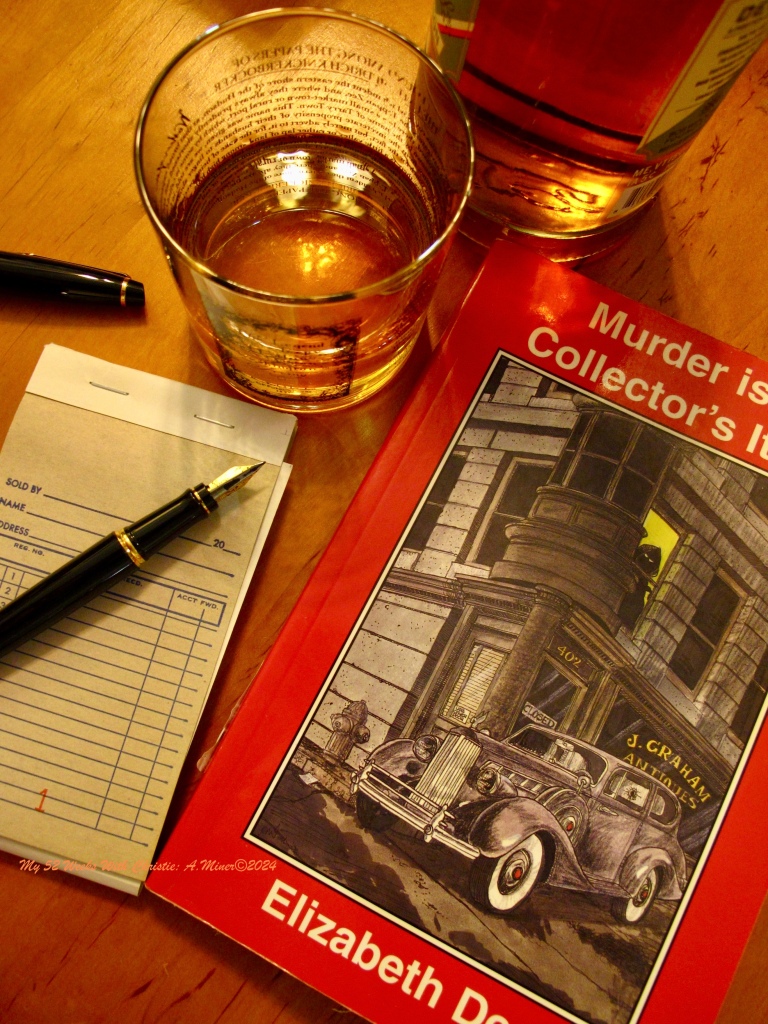
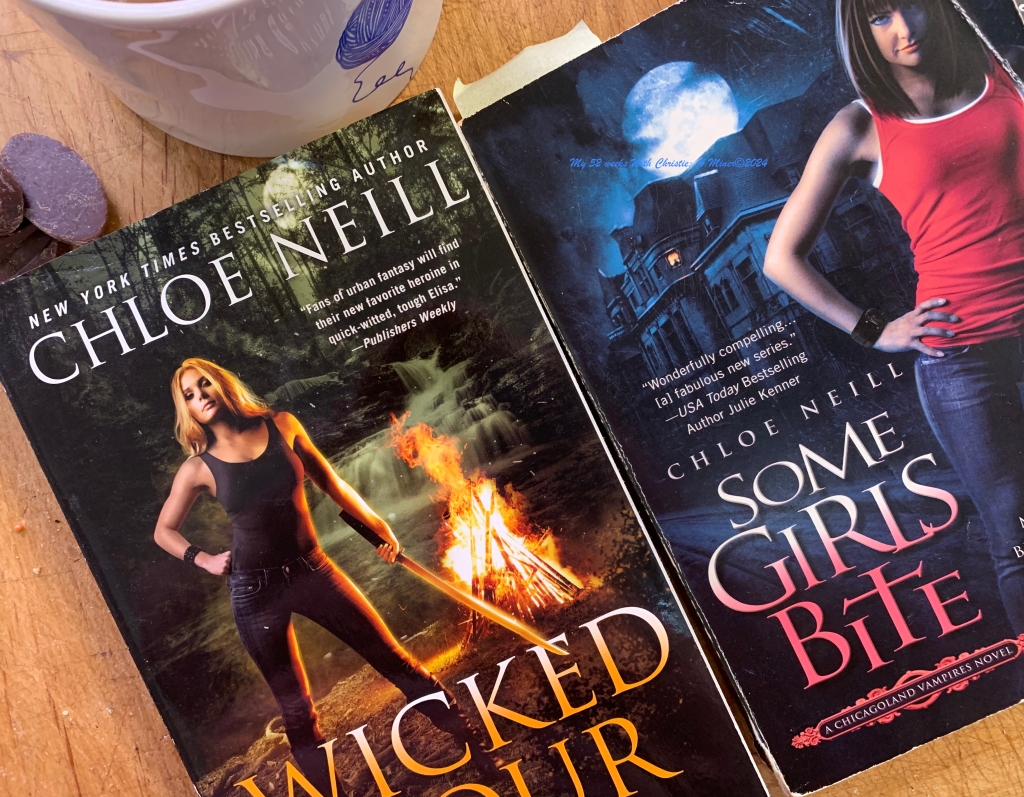




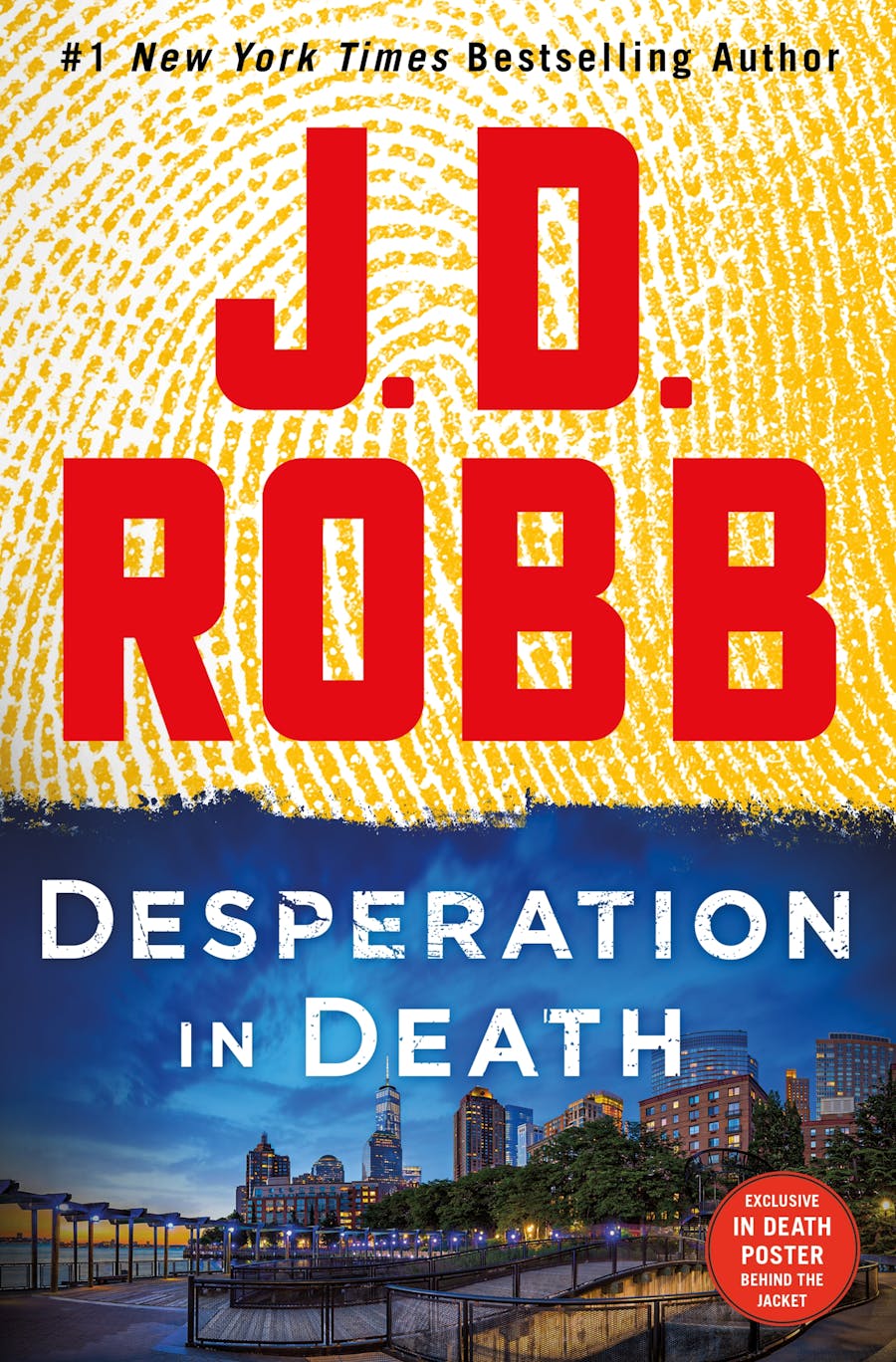
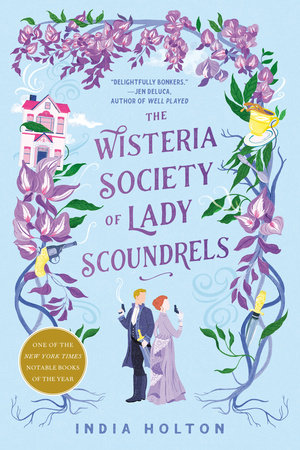


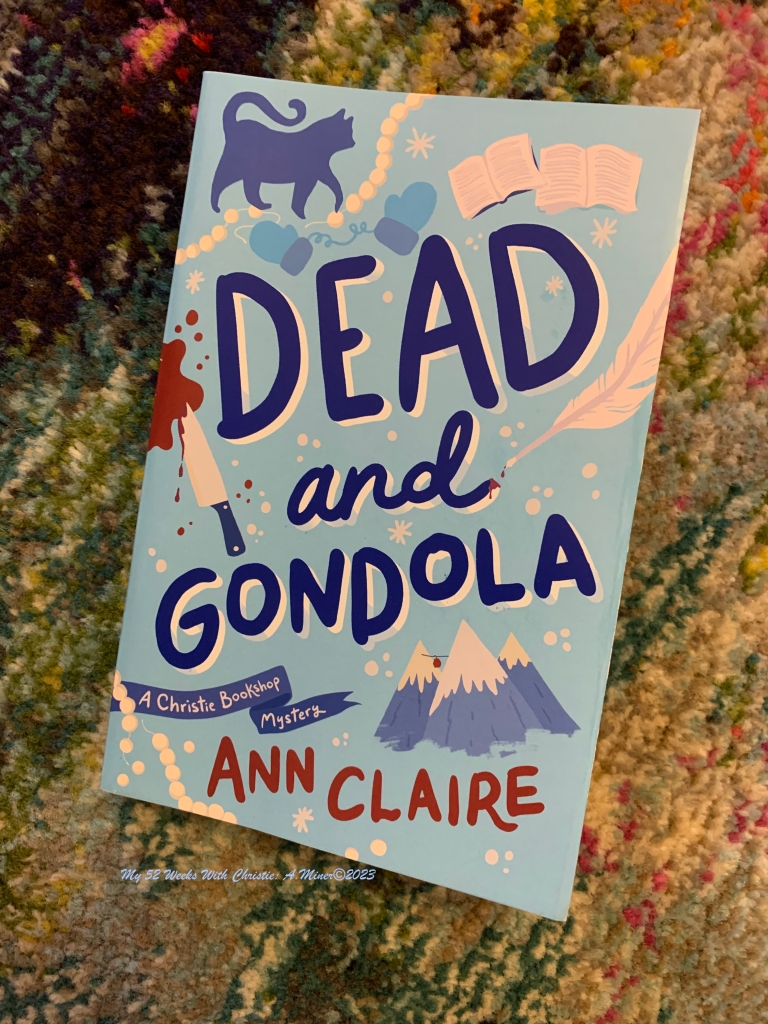

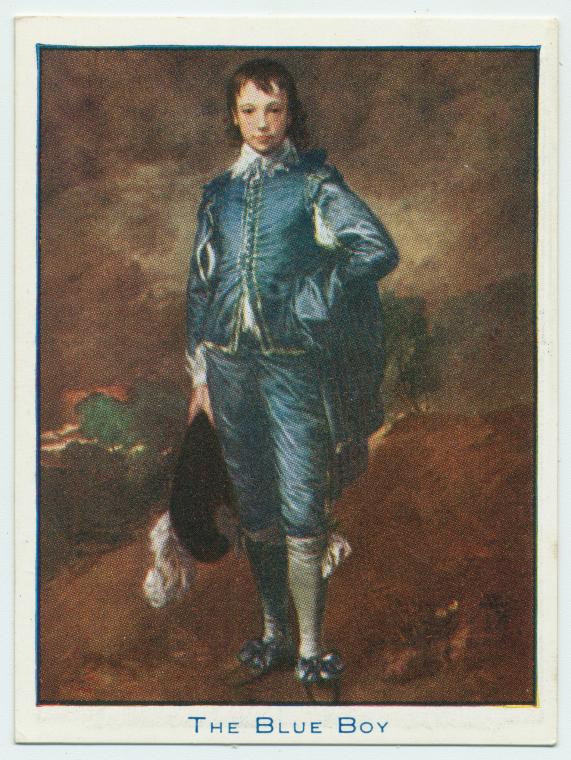

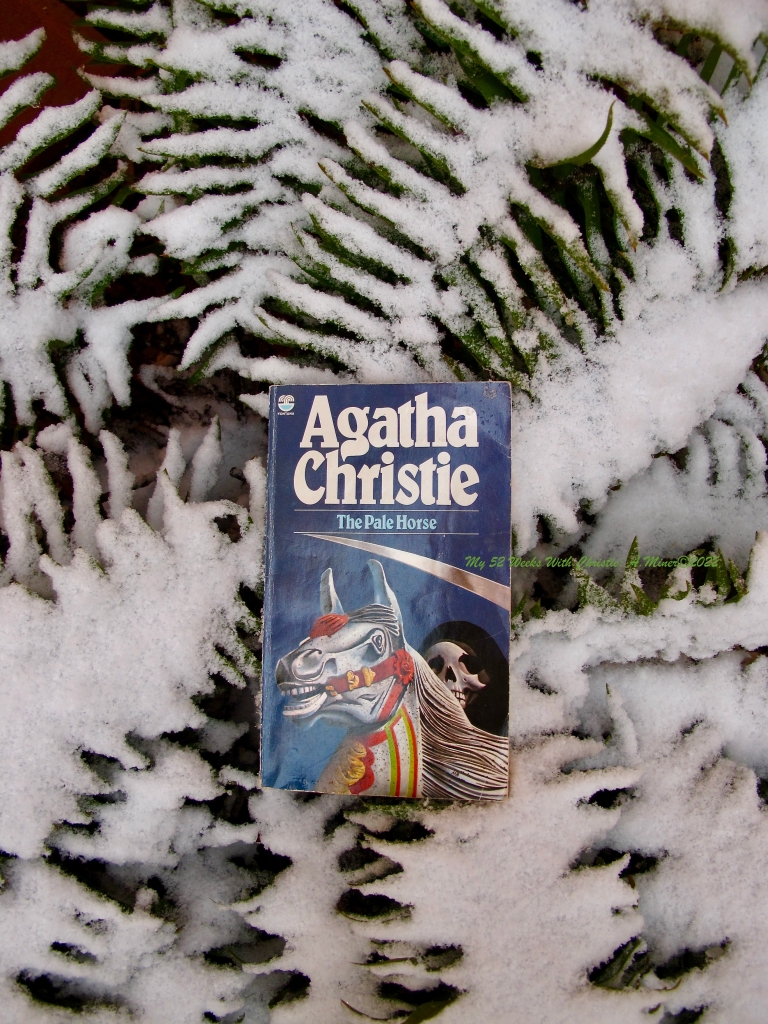
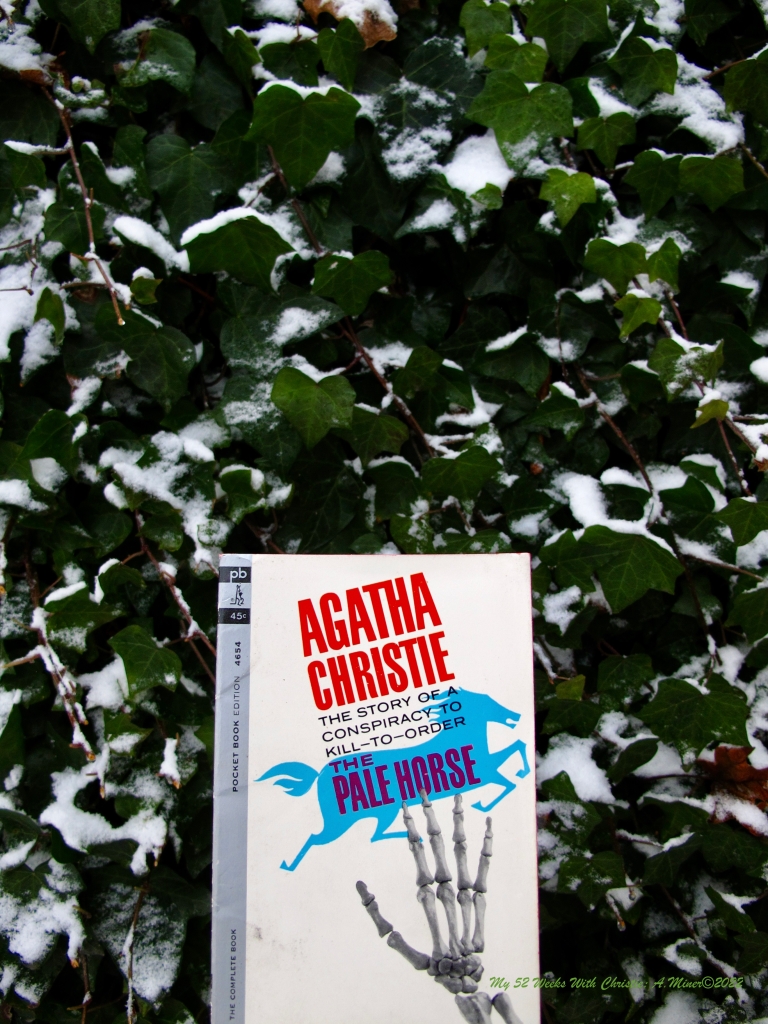
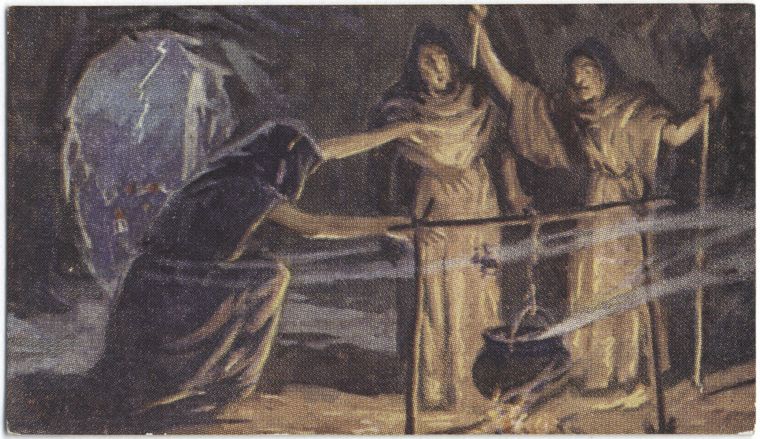

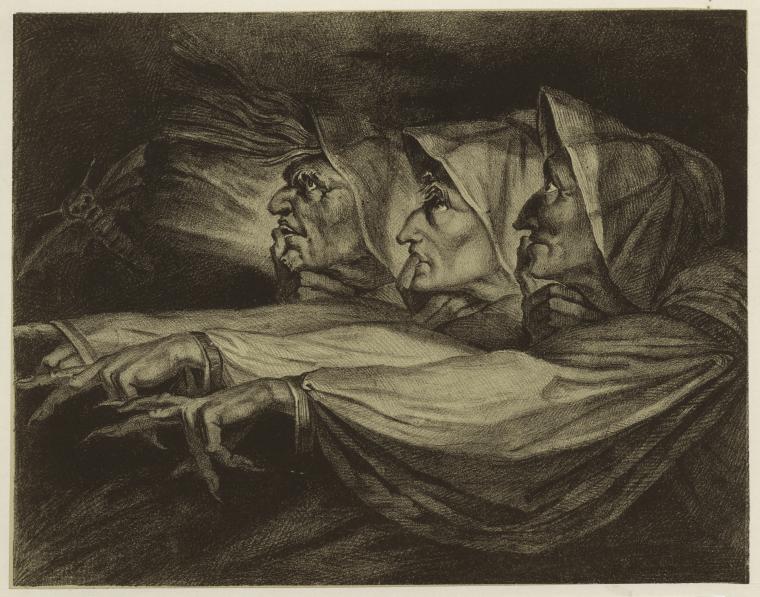
You must be logged in to post a comment.